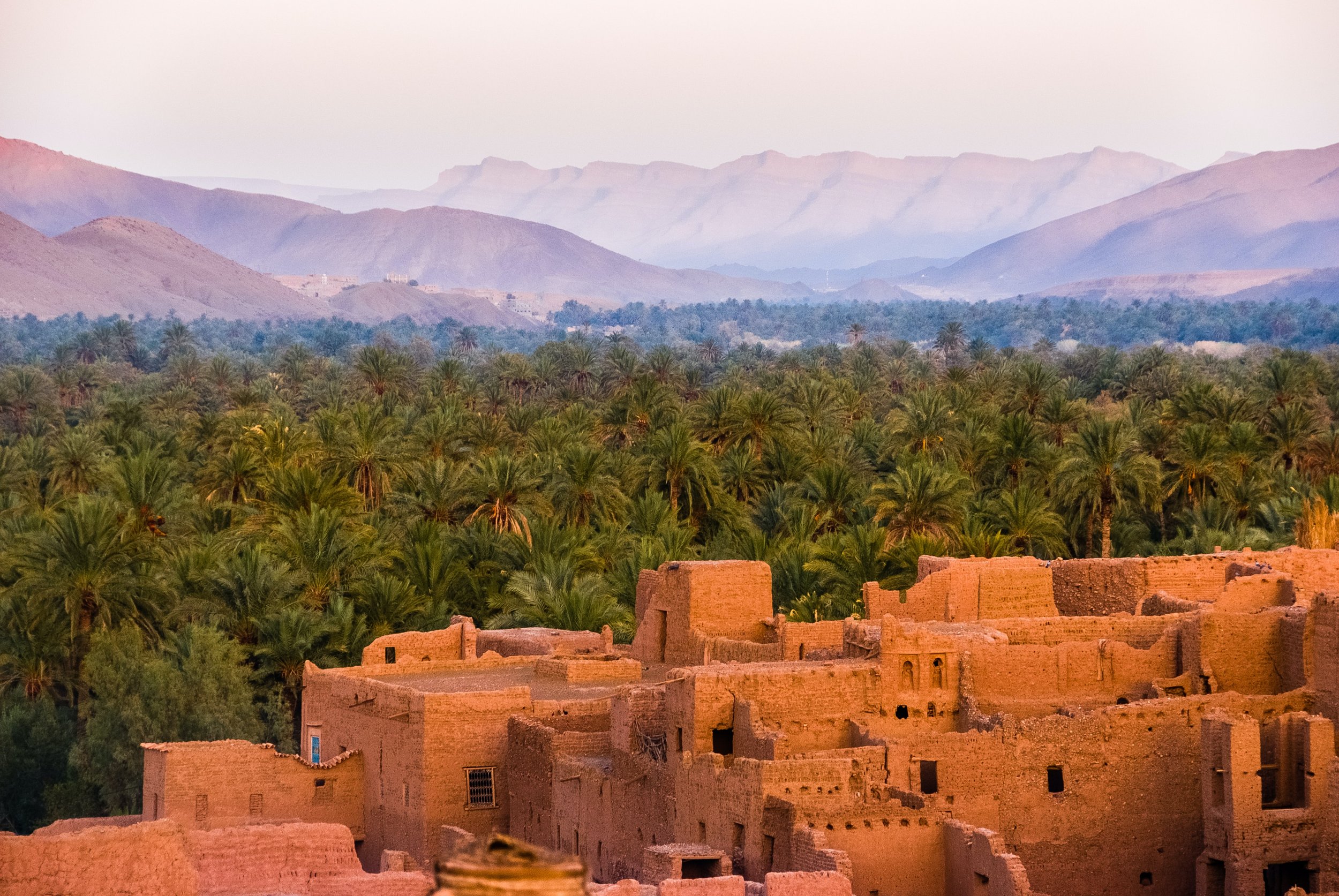
Key Issues
Transforming Climate Action Through Culture
It has been 30 years since the UN Rio Earth Summit launched the global effort to combat "dangerous human interference with the climate system” by stabilizing atmospheric greenhouse gas (GHG) concentrations; and six years since the Paris Agreement ushered in an all-of-society effort to tackle climate change. Yet today, GHG emissions continue to increase, and transformative adaptation remains a distant prospect for many. World leaders concede that the Paris Agreement goal of holding global warming to 1.5°C is “on life support.” UN Secretary General Guterres called this spiralling climate catastrophe a “damning indictment of failed climate leadership.”
Precisely how has climate leadership failed? A growing critique points to the scarcity of social imaginaries capable of conceiving plausible low carbon, just, climate resilient futures. Attention is drawn to a climate policy ecosystem that emphasises a narrow suite of technological and market-based solutions while falling short at capturing systemic, uncertain, or contested factors that are less easy to model or quantify, including attention to the historical and socio-economic systems (e.g., colonialism, globalism) that have helped cause climate change.
Exclusion from climate planning is matched by exclusion from climate governance. Many climate planning processes re-enact existing stigma, marginalising groups such as Indigenous Peoples and local communities, women, youth, older persons, and persons with disabilities, while disregarding the world views, values, and knowledge systems that diverse stakeholders bring to the table. Even where people are centred (as in demand-side energy conservation plans), they often are depicted as largely autonomous actors, disembodied from the cultural systems (and related spiritual, religious, and ethical dimensions) in which they in fact operate.
Culture: A Missing Force in Climate Action
The cumulative effect of prevailing approaches to climate planning and action is to downplay rights-based, place-based, demand-side, and people-centred climate action strategies. With climatic tipping points looming, these are strategies the world cannot afford to miss – especially when the evidence shows they produce durable, sustainable climate action outcomes. How best to not only fill these gaps but transform climate planning itself – and urgently? One answer is clear: give cultural voices a seat at the climate planning table.
Enabling alternative social imaginaries, revealing and guiding new and old-but-new again pathways, offering counterpoints to unsustainable paradigms of “progress,” supporting transformative reinterpretation of today’s carbonscapes and their accompanying mindsets – these are core capacities of culture, from arts to heritage. Culture is a key dimension of resilience, a vector for addressing inclusivity, and a motor of climate resilient development. The immense potential of culture from arts to heritage to help people imagine and realise low carbon, just, climate resilient futures remains the great missing force in climate action.
Realising a culture-driven paradigm shift in climate planning and action ultimately will be achieved through the work of local stakeholders one community at a time. But a key enabler for hastening this process is transforming climate policy. Improving policy would in turn be a lifeline to local arts, cultural, and heritage voices struggling to impact climate planning and action, who would enjoy better funding, access, and support if climate (and cultural) policies more fully valorised and prioritised their work.
For these reasons, the CHN has made climate policy a priority, selecting in its new Action Plan specific policy areas/processes with strong culture-climate synergies in which to engage. One or more CHN Member organisations have been selected to serve as Issue Leads for each of these. The immediate aim of this work is to foreground the cultural dimensions of these issues, centring people, their values and diverse knowledge system. Ultimately, the goal is nothing less than to bolstering a system of climate planning that is struggling to keep 1.5°C alive and to capture hearts and minds for achieving system transitions on a nearly unprecedented scale.
-

Adaptation and Resilience
Mainstreaming culture into national adaptation communications, policies, and measurements.
-

Article 6 Carbon Markets/Non-Market Response Measurers
Incorporating cultural heritage in the ongoing conversation about safeguarding into environmental integrity principles.
-

Buildings and Infrastructure
Engaging with global building organizations to shift from a build-first mindset and understand true sustainability in the built environment.
-

Climate Impacts
Addressing climate change impacts on cultural and natural heritage and promoting science-based, community-led, values-driven climate vulnerability assessments for heritage places.
-

Education, Training and Public Awareness
Engaging with the new 10-year ‘Glasgow work programme on Action for Climate Empowerment’ adopted at COP26 regarding climate education, training, and public awareness.
-

Food and Agriculture
Supporting agroecology and building a connection to the UN’s Globally Important Agricultural Heritage Systems.
-

Just Transition
Incorporating the potentials offered by cultural heritage and the creative industries into work of the Katowice Committee of Experts on the Impacts of the Implementation of Response Measures and other mechanisms.
-

Loss and Damage, Migration, Displacement, and Human Mobility
Providing culture inputs into global discussions to avert, minimize and address loss and damage associated with the adverse impacts of climate change, with an emphasis on non-economic loss and damage.
-

Tourism
Engaging with tourism stakeholders to emphasise sustainable tourism approaches that allow cultural destinations to generate positive economic and social benefits for local communities while reducing tourism’s carbon footprint.
-

Waste and Consumption
Advancing the integration of arts, culture and heritage into circular economy policies and practice at a global scale.
-

Women and Gender
Incorporating cultural institutions and actors to ensure the further strengthening and continuance of the UNFCCC Gender Action Plan (GAP) to deliver successful gender-responsive policy and action, both internationally and at national levels.
-

Youth
Creating synergies with other youth-oriented organizations and fostering intergenerational dialogues where young people have the opportunity to speak with people of other generations about climate impacts.
